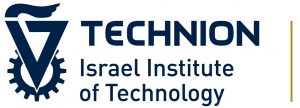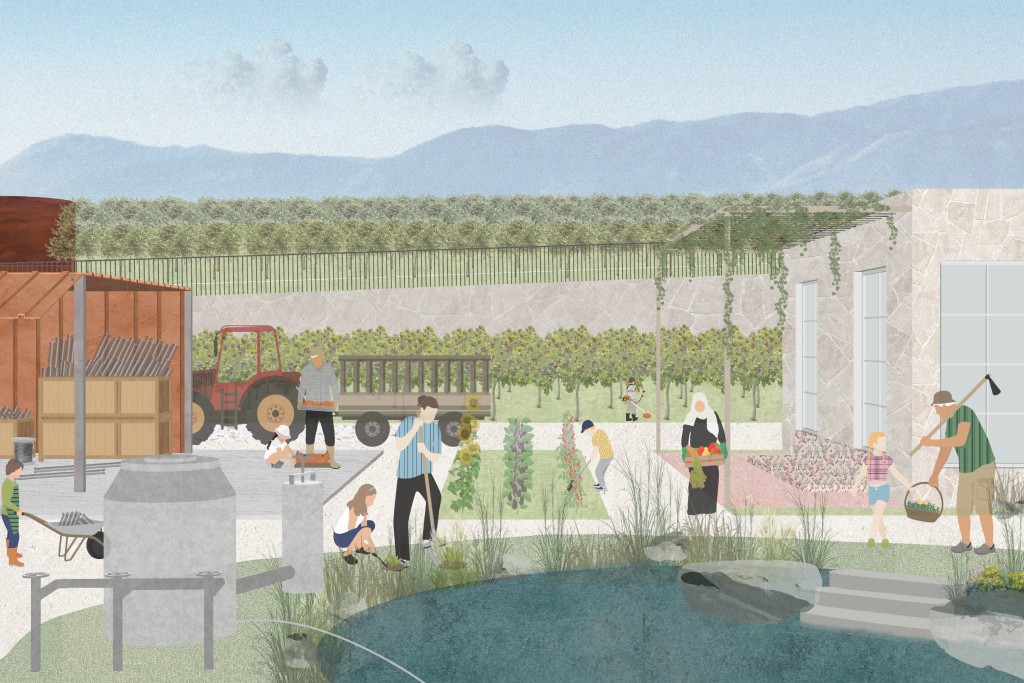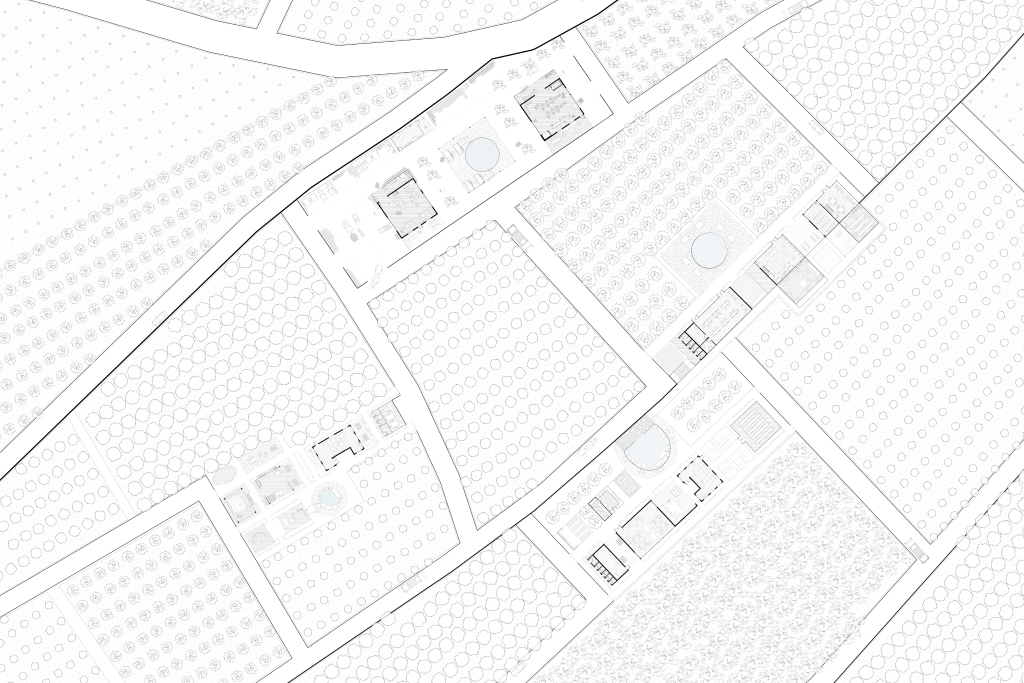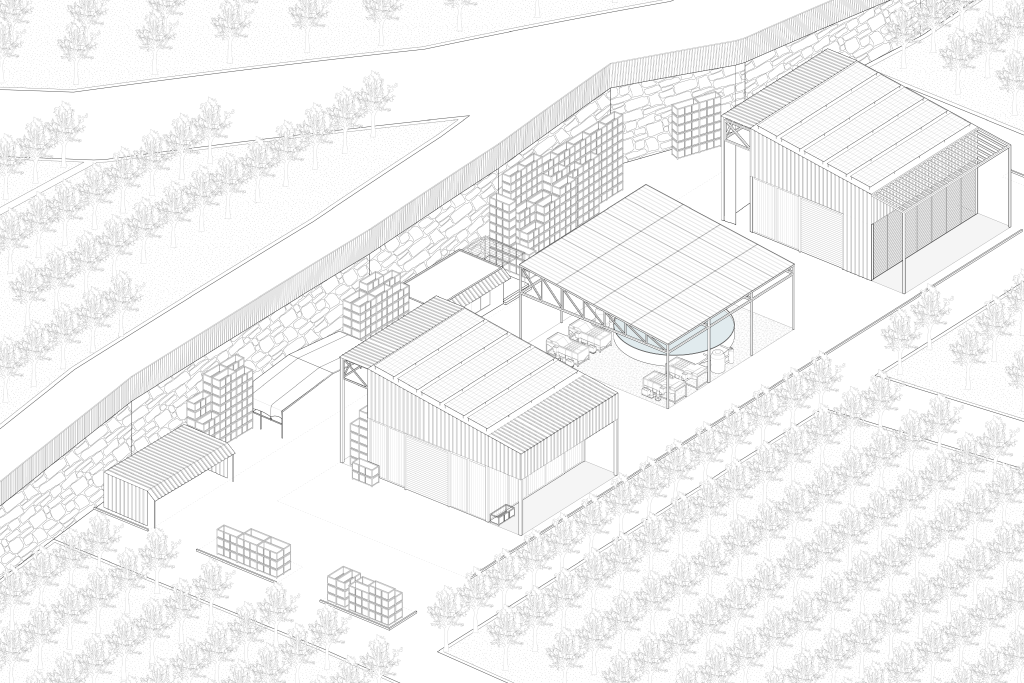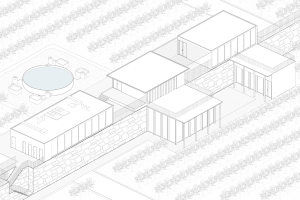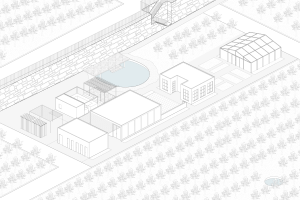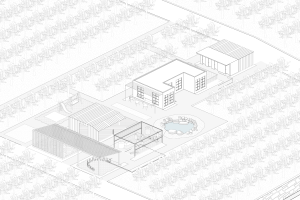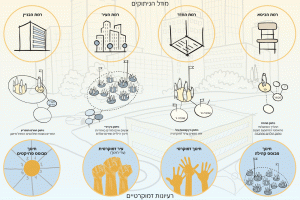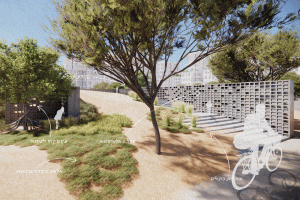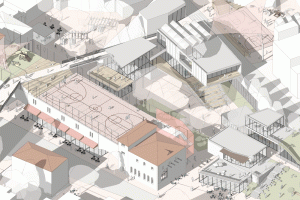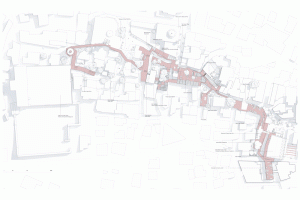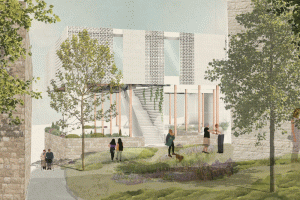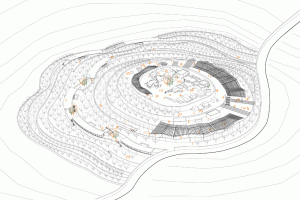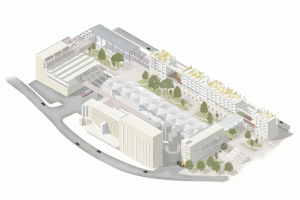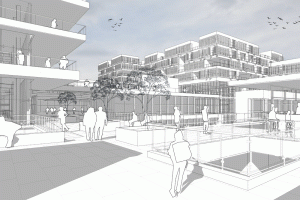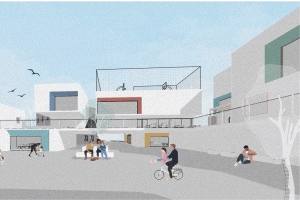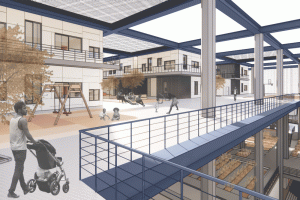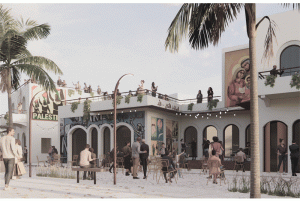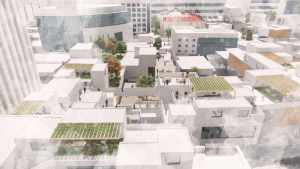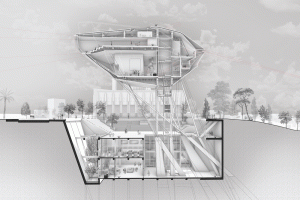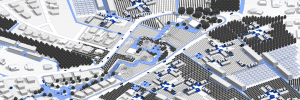Roots of Resilience
Historically, the Druze people of the Golan Heights have been regarded as a steadfast community who resiliently safeguard their land and identity through the cultivation of their privately owned agricultural fields. However, this resilient collective identity has gradually been weakened since the annexation of the region in 1981, most prominently after ample opportunities for higher education were granted to the Golani people. Consequently, a significant generational dissonance is prevalent today among the Druze Golan population.
The project aims to restore this steadfast identity through an architectural intervention rooted in education. The intervention proposes a novel educational system where foreign formal education and local traditional knowledge are equally incorporated. Although the premise of this intervention is educational, the design functions in such a way that the different generations interact through architectural learning, as well as industrial, infrastructural, and social spaces located within the agricultural fields between Majdal Shams and Mas’ada. These individual spaces form units that ultimately contribute to a large-scale system scattered throughout the agricultural fields. The center of each learning unit comprises the existing locally built water catchments, which are used as functional tools for working and learning, as well as spaces of socialization.
